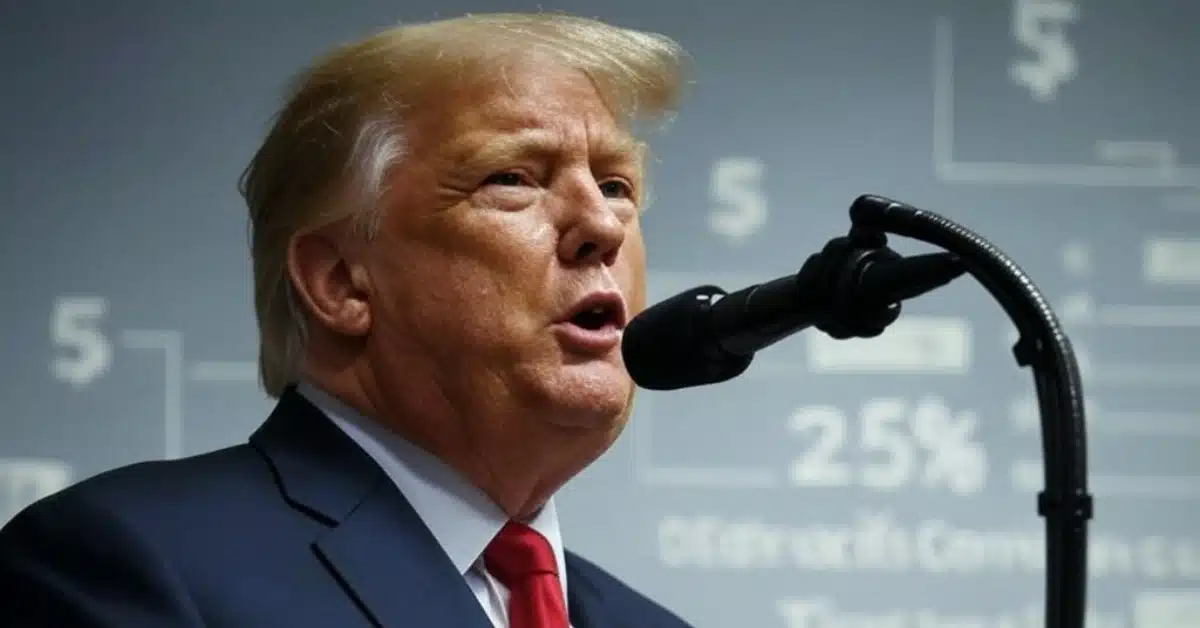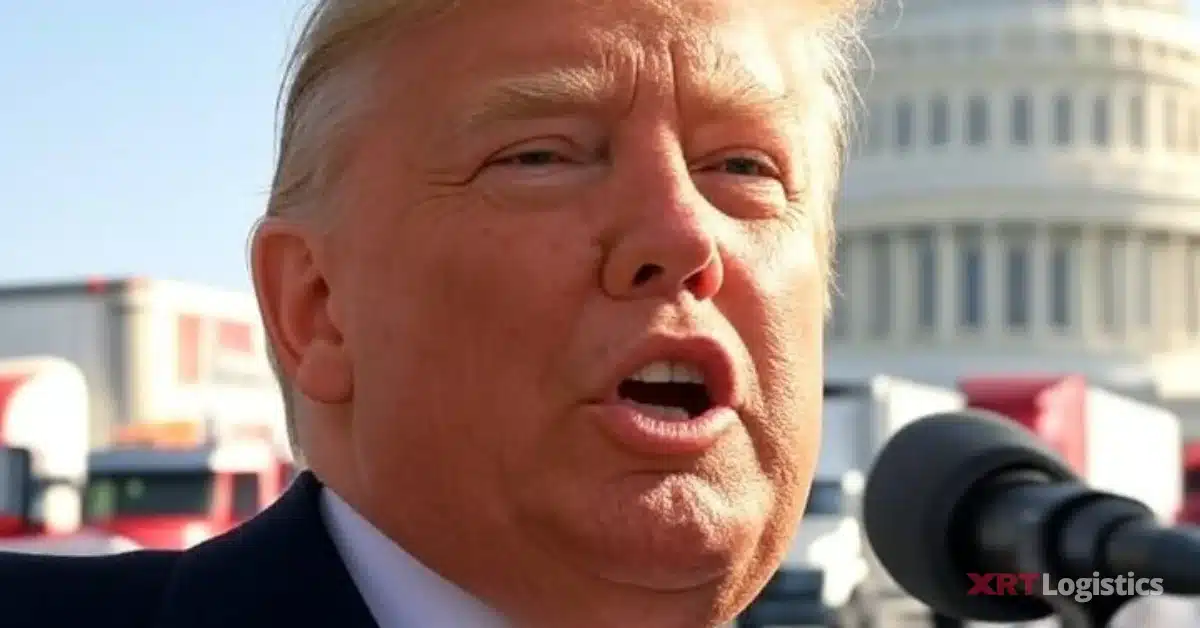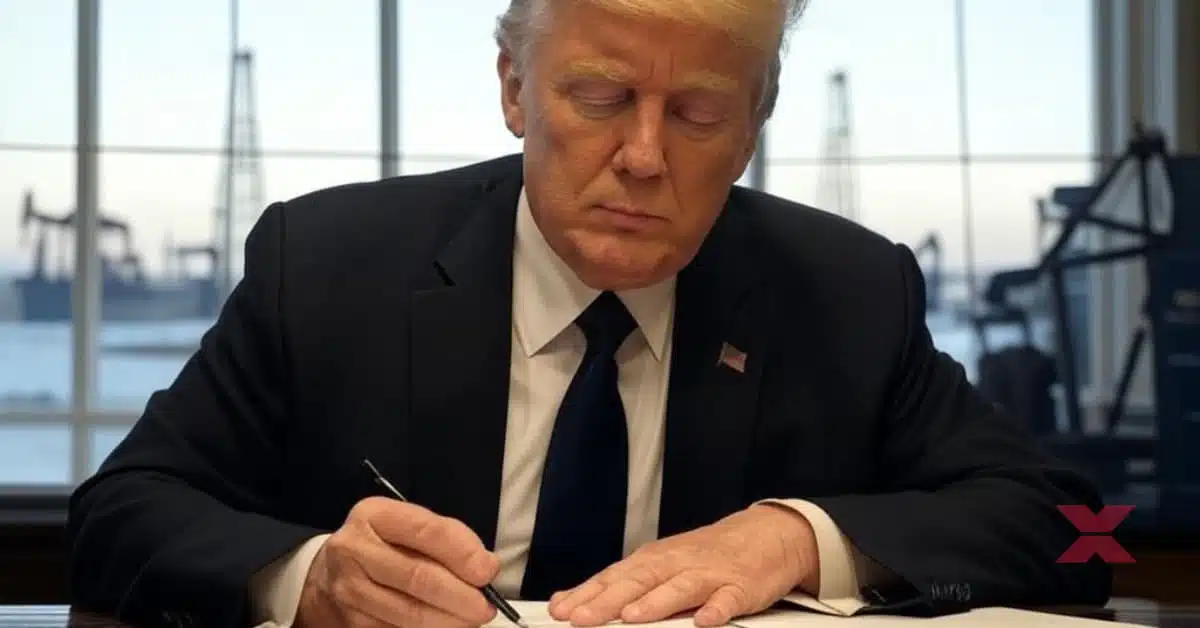Navigating the Impact of Trump’s 25% Tariffs on Imported Automobiles
Table of Contents
- Navigating the Impact of Trump’s 25% Tariffs on Imported Automobiles
- I. Understanding the Tariff Announcement
- II. Immediate Reactions from Carmakers
- III. Rising Costs for Consumers
- IV. Disruption in Global Supply Chains
- V. Economic Fallout and Employment Concerns
- VI. Global Trade Relations and Retaliation
- VII. Long-Term Outlook for the Automotive Industry
- VIII. Conclusion
- FAQ: Trump’s Auto Tariffs Explained
In 2025, President Donald Trump’s administration announced a sweeping 25% tariff on imported automobiles and parts, triggering ripples throughout the global automotive industry. This bold move, aimed at revitalizing American manufacturing and reducing trade imbalances, has far-reaching consequences for carmakers, consumers, suppliers, and global trade partners.
In this article, we’ll explore the rationale behind the tariff, its immediate and long-term effects on the automotive market, and what this means for pricing, production, and policy.
I. Understanding the Tariff Announcement
In March 2025, the White House confirmed the implementation of a 25% import tariff on all foreign-manufactured cars and components entering the U.S. The decision, part of a broader protectionist strategy, was framed as a measure to:
- Protect American jobs in manufacturing
- Reduce dependency on foreign carmakers
- Address trade deficits with major auto-exporting nations
Key Sectors Affected:
- Passenger vehicles
- SUVs and trucks
- Automotive components (engines, brakes, electronics)
This decision significantly disrupts a global supply chain built on free trade agreements and cost efficiency.
II. Immediate Reactions from Carmakers
For automakers, the tariffs act like a sudden tax on operations. Companies that rely on cross-border manufacturing—especially those importing vehicles from Mexico, Canada, Germany, Japan, and South Korea—face significant cost increases.
Key Impacts:
- Production cost increases by $5,000–$10,000 per vehicle (on average)
- Potential profit losses exceeding $3 billion for U.S.-based multinational brands
- Operational bottlenecks as manufacturers reassess global supply routes
Ford, GM, Toyota, and BMW all announced strategic reviews of their North American operations. Some plan to shift assembly to U.S. plants, but retrofitting infrastructure or retooling facilities takes time—and millions in capital.
III. Rising Costs for Consumers
One of the most direct effects is the rise in vehicle prices. With costs passed down the line, analysts expect new car prices to jump by 8%–12% across the board. For premium or imported vehicles, the hike could be even steeper.
Consumer Impact:
- Entry-level sedans, once $25,000, may now exceed $28,000
- Popular SUVs could become unaffordable for middle-income families
- Used car demand is expected to surge, raising pre-owned vehicle prices
This could have a chilling effect on auto sales, financing, and consumer confidence.
IV. Disruption in Global Supply Chains
Modern car manufacturing is deeply global. Engines from Japan, electronics from South Korea, transmissions from Germany, and final assembly in Mexico is not uncommon.
The new tariff:
- Disrupts Just-In-Time (JIT) inventory models
- Forces OEMs to source components locally or diversify markets
- Delays production timelines and increases warehouse costs
Many OEMs are now seeking “tariff-proof” strategies, including nearshoring or establishing new bilateral supply agreements outside of tariff zones.
V. Economic Fallout and Employment Concerns
Though intended to protect jobs, the tariff could produce mixed economic outcomes.
Potential Risks:
- Layoffs in U.S. plants that rely on foreign components
- Cost increases across logistics, warehousing, and dealership operations
- Slower GDP growth in auto-dependent regions like Michigan, Ohio, and Alabama
Studies show the U.S. auto industry supports over 10 million jobs, directly and indirectly. Any sustained disruption in demand or supply will test the resilience of those employment figures.
VI. Global Trade Relations and Retaliation
Key U.S. trade partners—Canada, Mexico, Japan, the EU—have condemned the move. Canada, for example, imposed retaliatory tariffs on $20 billion in U.S. exports. Japan and Germany are pushing trade complaints through the WTO.
This tariff has:
- Strained USMCA (formerly NAFTA) relations
- Sparked talks of bilateral deals bypassing U.S. ports
- Introduced new volatility into automotive diplomacy
The risk of escalation looms. If other countries adopt similar protectionist policies, the global auto market could face a protracted downturn.
VII. Long-Term Outlook for the Automotive Industry
Looking ahead, automakers must navigate a complex environment:
- EV production may slow due to high-tech component costs
- Brands may pivot to domestic assembly strategies to avoid duties
- Market consolidation could increase as smaller players struggle with compliance
Ironically, American consumers could face fewer choices and higher prices—contradicting the original promise of more affordable, U.S.-built cars.
VIII. Conclusion
Trump’s 25% tariffs on imported autos have reshaped the conversation around global trade, manufacturing, and economic nationalism. While the goal is to boost American industry, the side effects—higher consumer prices, job uncertainties, and international backlash—present serious challenges.
Whether this policy strengthens the domestic auto sector or accelerates global fragmentation depends on how businesses, consumers, and policymakers respond in the months to come.
FAQ: Trump’s Auto Tariffs Explained
1. What is the 25% auto tariff?
It’s a tax imposed on all imported vehicles and parts entering the U.S., intended to support U.S. car manufacturers.
2. When did the tariff take effect?
The policy took effect in April 2025, with no current expiration date.
3. Who is most affected?
Foreign automakers and U.S. companies with foreign production lines, plus consumers facing price increases.
4. Will American-made cars get cheaper?
Not necessarily. Increased supply chain costs can affect domestic cars too.
5. Can automakers avoid the tariff?
Only by shifting production to the U.S. or importing from countries with free trade agreements.
6. What’s the long-term impact?
Likely higher prices, fewer options for consumers, and an auto industry forced to re-strategize its global operations.





